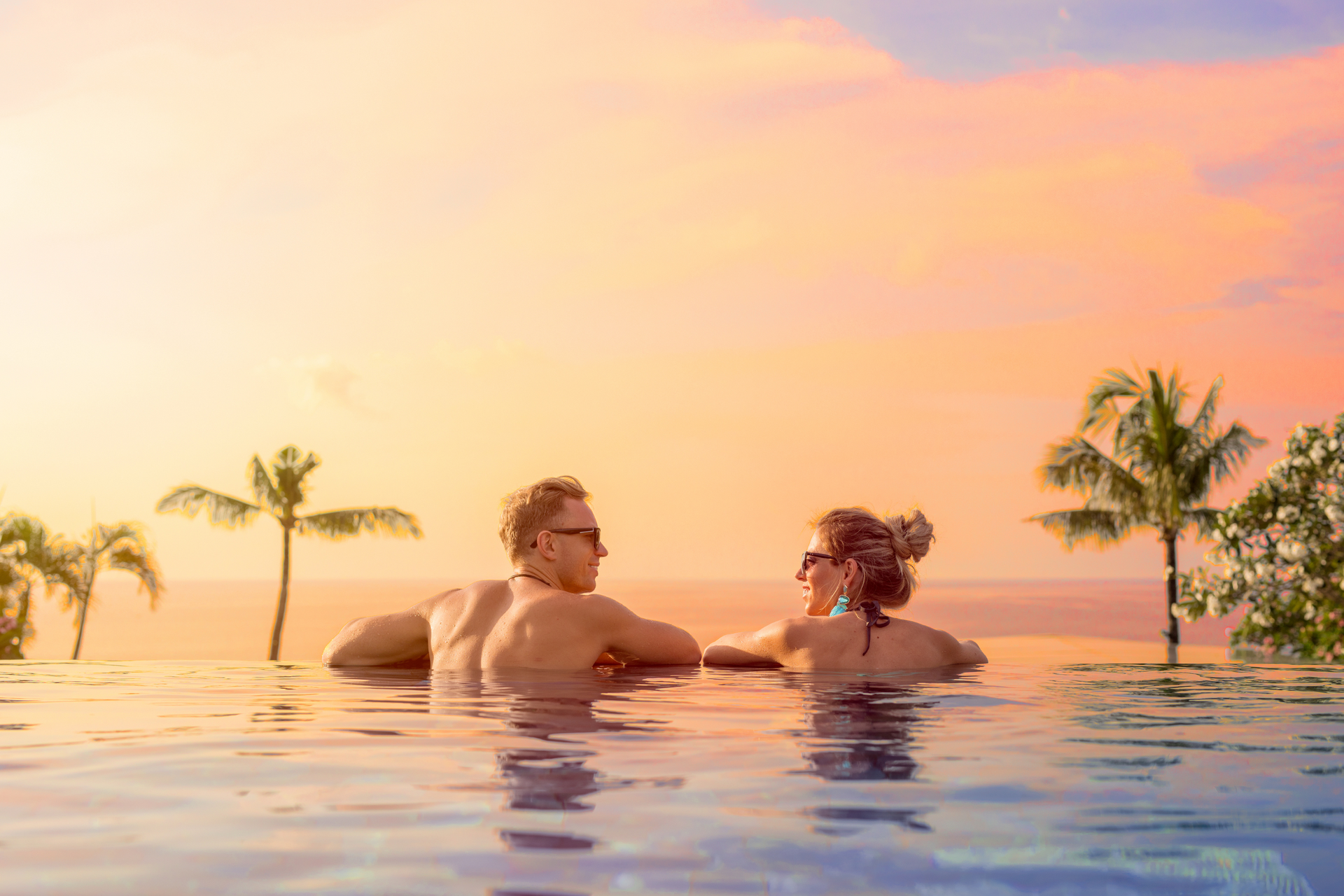Argentina is a captivating destination offering incredible variety, from the vibrant streets of Buenos Aires to the wild landscapes of Patagonia. Visitors can marvel at the iconic Iguazú Falls, sample world-class wines in Mendoza, or explore the dramatic Andes Mountains. Whether you’re drawn to its rich cultural heritage, unique wildlife, or diverse geography, a holiday to Argentina will deliver unforgettable experiences. With a warm, welcoming culture and a host of activities for every traveller, it’s an ideal choice for both adventure and relaxation.
You can trust
Your Endless Travel to manage your holiday plans to Argentina, as our dedicated travel agents have been crafting journeys to this region for nearly 20 years, with several team members
based in Latin America. Combined with our
ATOL License and Trust Account, you can rest assured that your holiday is completely financially secure.
Argentina Holidays & Bespoke Adventures
Our Favourite Destinations in
Argentina
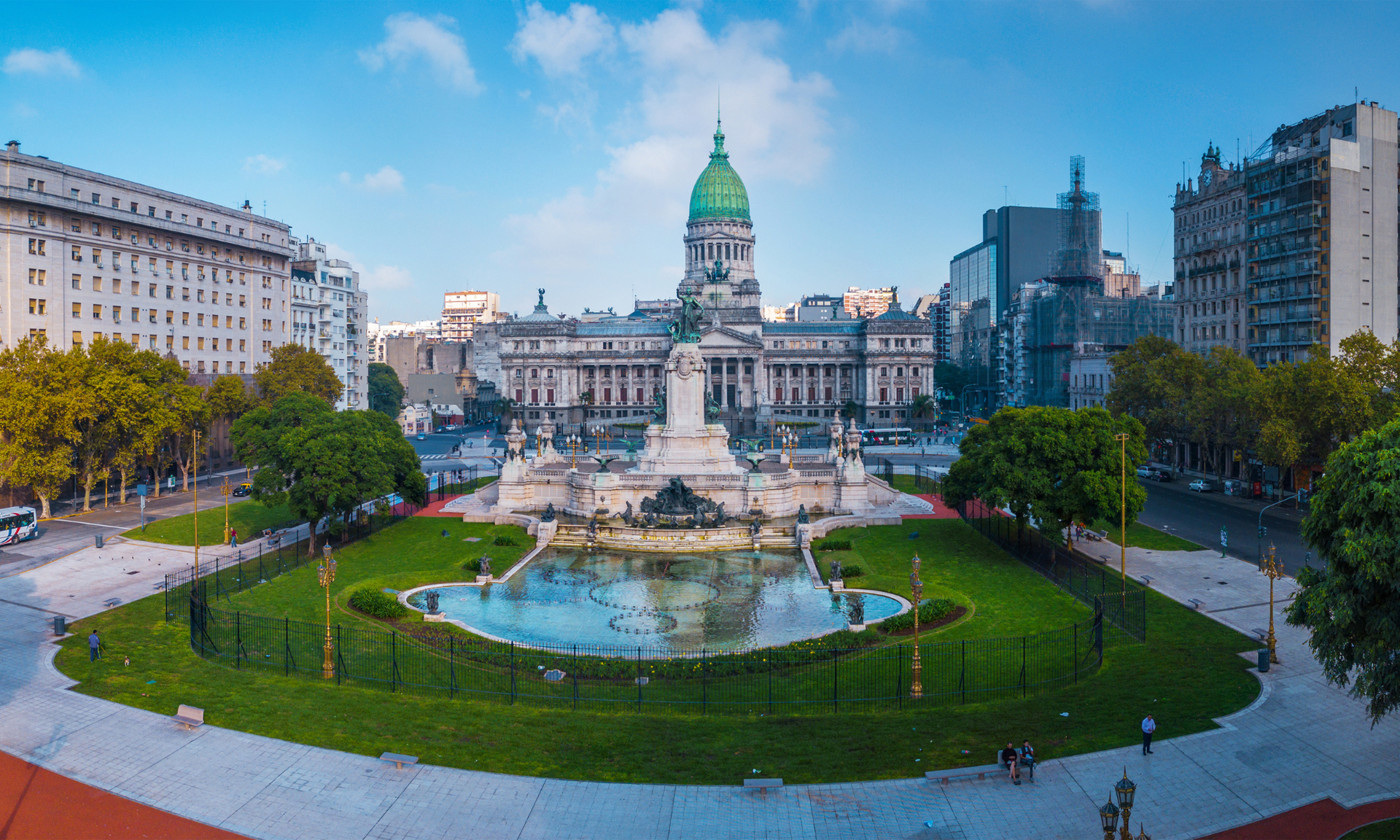
Buenos Aires
Argentina’s capital is a hub of culture, blending European charm with Latin flair. Explore its vibrant neighbourhoods, from historic San Telmo to colourful La Boca. Stroll along elegant avenues, catch a live tango show, and indulge in world-class dining. Buenos Aires is perfect for soaking up Argentina’s energetic city life.
Iguazú Falls
Straddling the border with Brazil, Iguazú Falls is a stunning network of over 300 separate waterfalls. Visitors can explore trails through lush rainforest, spotting exotic wildlife along the way. The thunderous Devil’s Throat is a must-see, offering one of the world’s most awe-inspiring natural spectacles.
Patagonia
This vast region is a paradise for nature lovers. Visit El Calafate to see the mighty Perito Moreno Glacier, or head to El Chaltén for world-class trekking in Los Glaciares National Park. Patagonia’s dramatic landscapes offer adventure, from icy fjords to rugged mountains.
Mendoza
At the foot of the Andes, Mendoza is Argentina’s premier wine region, renowned for its Malbec. Visitors can tour vineyards, enjoy gourmet dining, or simply relax with stunning mountain views. Mendoza also offers outdoor adventures, from hiking to river rafting, perfect for a blend of relaxation and excitement.
Salta and the Northwest
Salta offers a mix of colonial history and spectacular natural beauty. Explore the dramatic Quebrada de Humahuaca and visit local markets for handicrafts. With striking landscapes and a rich Indigenous culture, the northwest is a fascinating region to explore.
Bariloche and the Lake District
Bariloche is a charming alpine-style town set against sparkling lakes and snow-capped peaks. Ideal for hiking, kayaking, and even skiing, the area is also famous for its artisan chocolate. A visit here combines stunning nature with a relaxed, European-style atmosphere.
Tierra del Fuego
At the southernmost tip of Argentina, this remote region is known as the "End of the World." Ushuaia, the gateway city, offers access to pristine wilderness, including Tierra del Fuego National Park. It’s a must-visit for those seeking adventure in a truly unique setting
Península Valdés
A haven for wildlife enthusiasts, this UNESCO site is the place to see whales, penguins, sea lions, and more. Visitors can take boat tours or explore coastal trails to witness these incredible animals up close in their natural habitat
Discover Our Argentina Package Holiday Special Offers
Two-Week Argentina Escape: Culture & Nature
(Sample Itinerary)
Embark on an unforgettable two-week journey through Argentina, combining the vibrant culture of Buenos Aires, the natural wonders of Patagonia, the iconic Iguazú Falls, and the world-class vineyards of Mendoza. Here’s how this adventure unfolds:
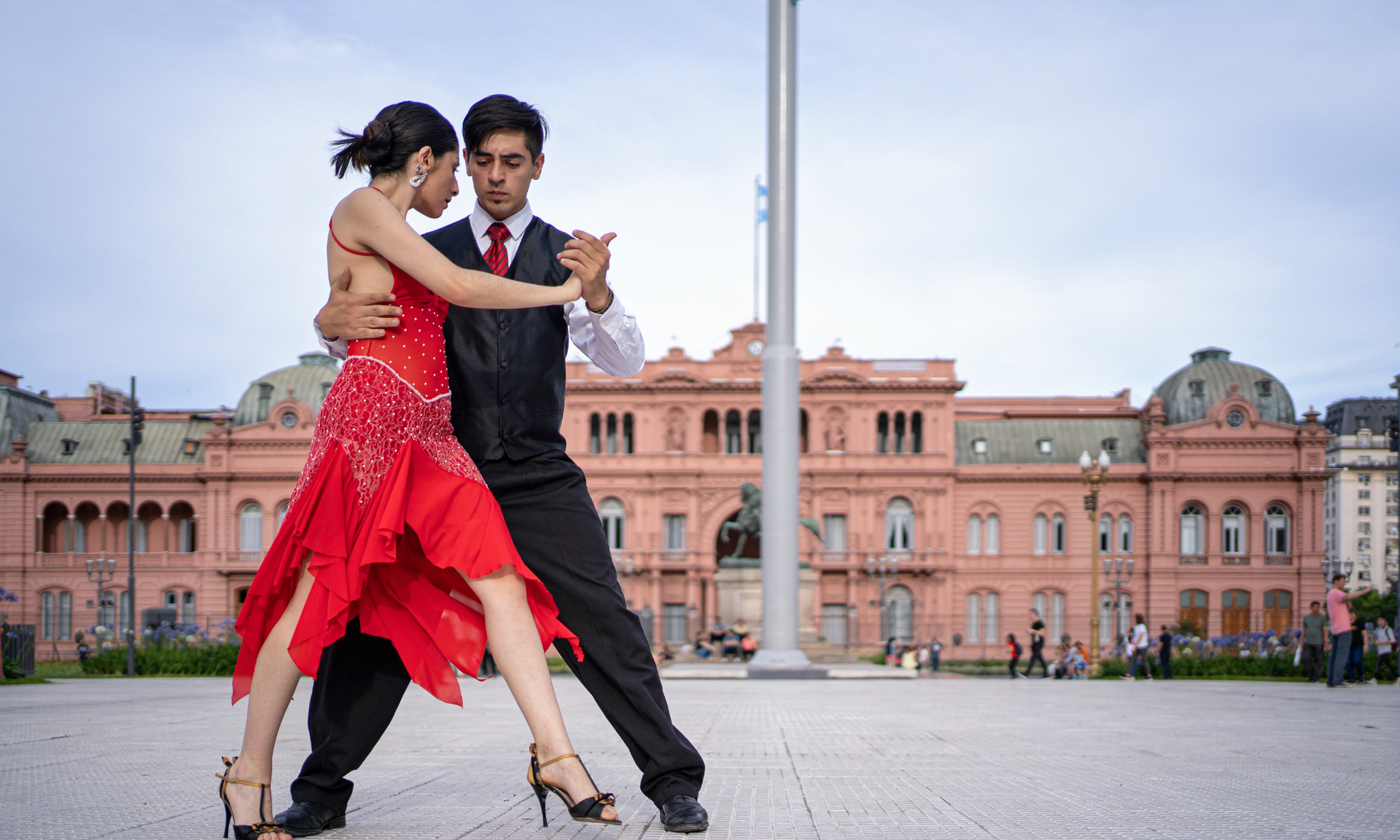
Buenos Aires – Argentina's Vibrant Capital
- Day 1: Arrival in Buenos Aires: Start your journey in Argentina’s bustling capital. Upon arrival, transfer to your hotel to rest or take a leisurely walk around the city to get a feel for its energy.
- Day 2: Dive into the city’s highlights with a visit to the famous Grand Café Tortoni and the Plaza de Mayo. Stroll through the historic San Telmo district, then visit the Recoleta Cemetery, home to Eva Perón’s grave. In the evening, enjoy a tango show in one of the city's renowned tango clubs.
- Day 3: Explore La Boca and its famous colourful streets, then head to Palermo for a relaxed afternoon in its parks. Enjoy dinner at a top-notch steakhouse for a true Argentine parrillada experience.
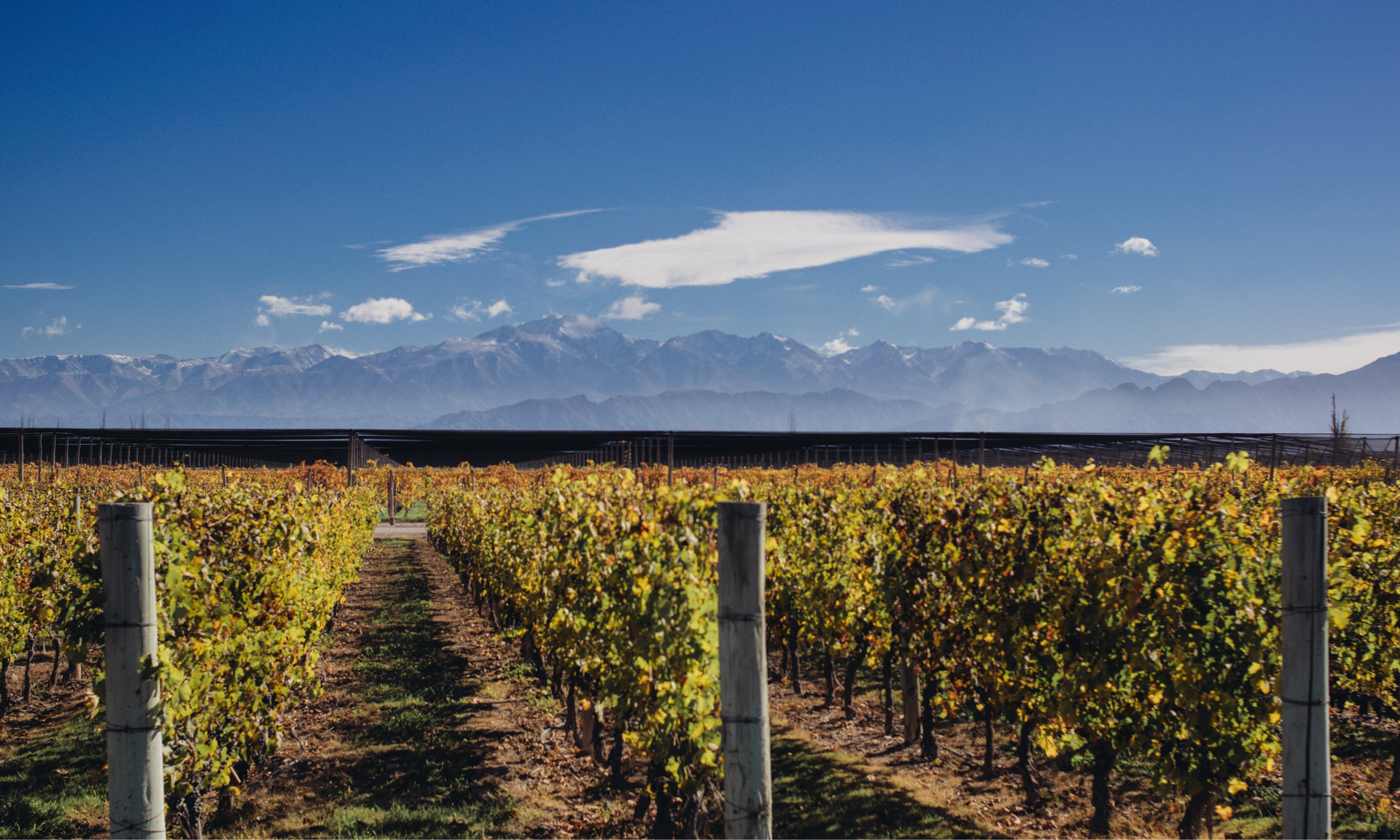
Mendoza – Wine and Vineyards
- Day 4: Fly to Mendoza, Argentina’s wine capital. After checking in, enjoy a relaxing afternoon exploring the town’s plazas and cafes.
- Day 5: Spend the day touring world-famous vineyards. Visit some of Mendoza’s top wineries, including Bodega Catena Zapata, and enjoy tastings of the region’s celebrated Malbec wines.
- Day 6: If you’re feeling adventurous, take a trip to the Andes for a scenic hike or opt for a horseback ride through the vineyards. In the evening, unwind with a glass of wine and a gourmet dinner overlooking the vineyards.

Iguazú Falls – Nature’s Power
- Day 7: Fly to Puerto Iguazú, home to the breathtaking Iguazú Falls. Arrive and explore the town before a relaxed evening.
- Day 8: Visit Iguazú National Park and marvel at the Devil’s Throat – the largest and most impressive of the falls. Walk the many trails, spotting wildlife such as toucans and monkeys.
- Day 9: Take a boat ride to get even closer to the falls, feeling the refreshing mist on your skin. In the afternoon, explore the Iguazú Jungle or relax by the hotel’s pool.
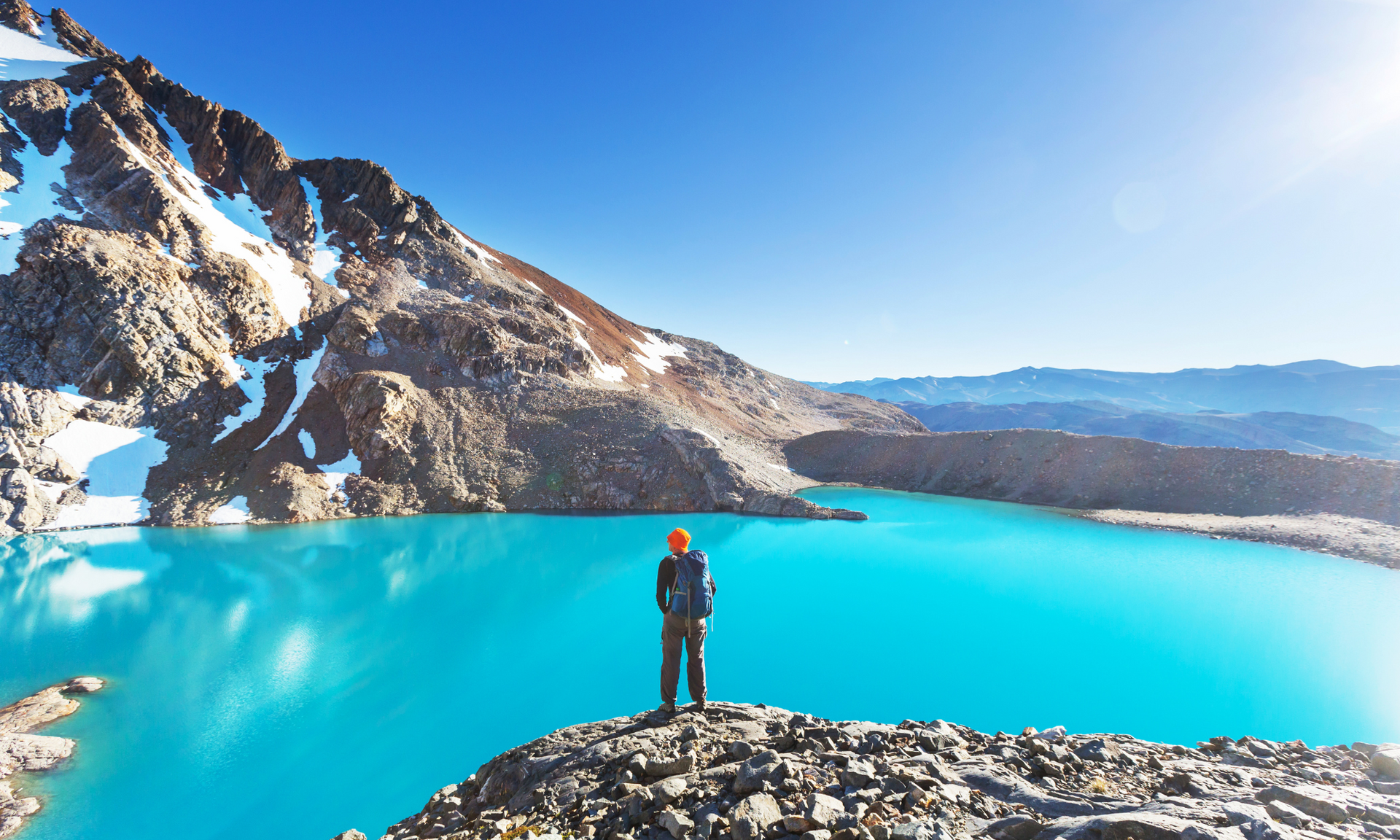
Bariloche – The Lake District
- Day 10: Fly to San Carlos de Bariloche in the Lake District. Check into your lakeside lodge and unwind.
- Day 11: Explore the stunning surroundings by hiking, cycling, or taking a boat trip on Lake Nahuel Huapi. Visit the nearby Cerro Campanario for panoramic views of the lakes and mountains.
- Day 12: Spend the day discovering the chocolate capital of Argentina by visiting the town’s famous chocolaterías. Alternatively, take a scenic drive along the Road of the 7 Lakes for awe-inspiring views of glacial lakes.
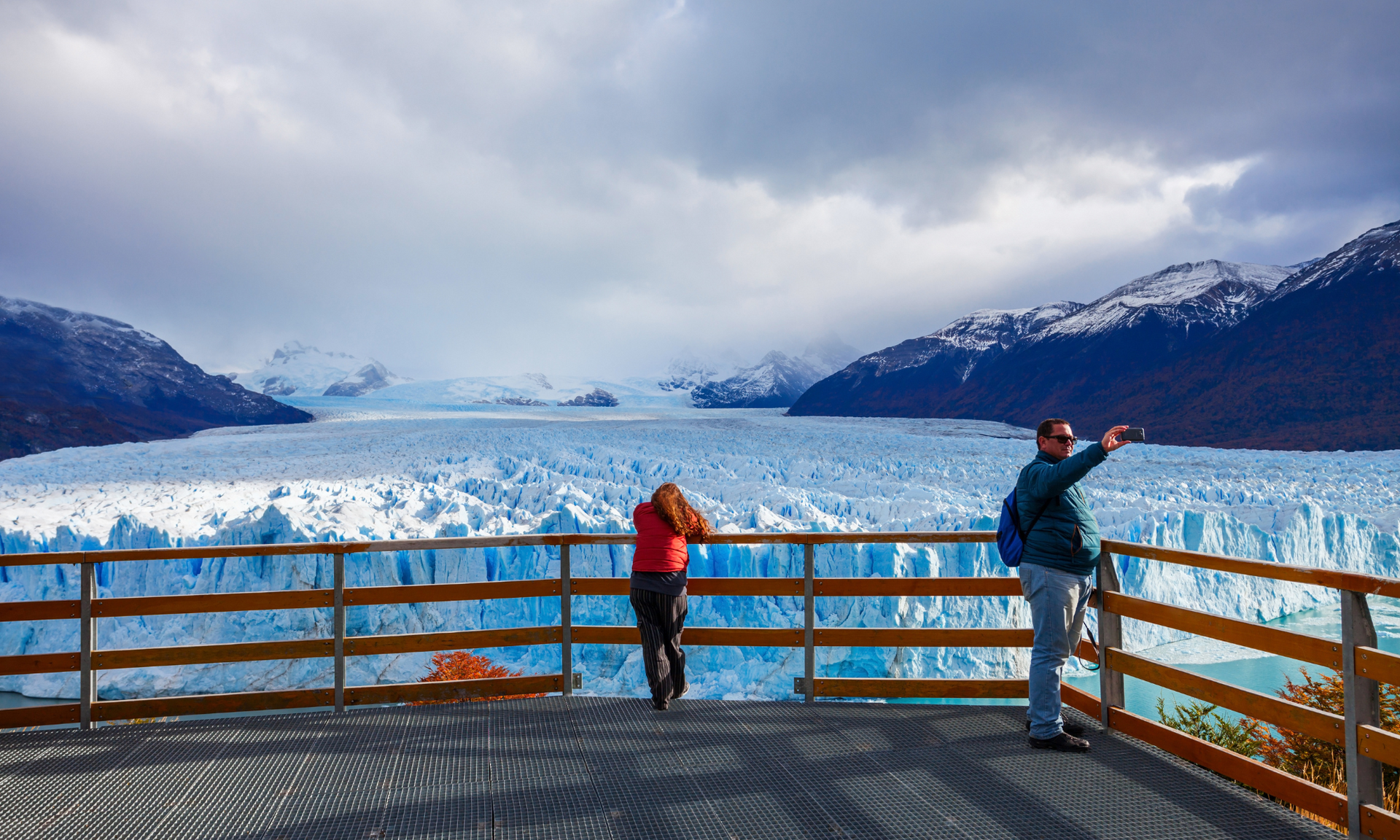
Patagonia – El Calafate and El Chaltén
- Day 13: Fly south to El Calafate in Patagonia. After arrival, take a boat trip to see the incredible Perito Moreno Glacier up close.
- Day 14: Head to El Chaltén, the trekking capital of Argentina, for an unforgettable hike in Los Glaciares National Park. Marvel at the towering peaks of Mount Fitz Roy and enjoy the park’s serene beauty.
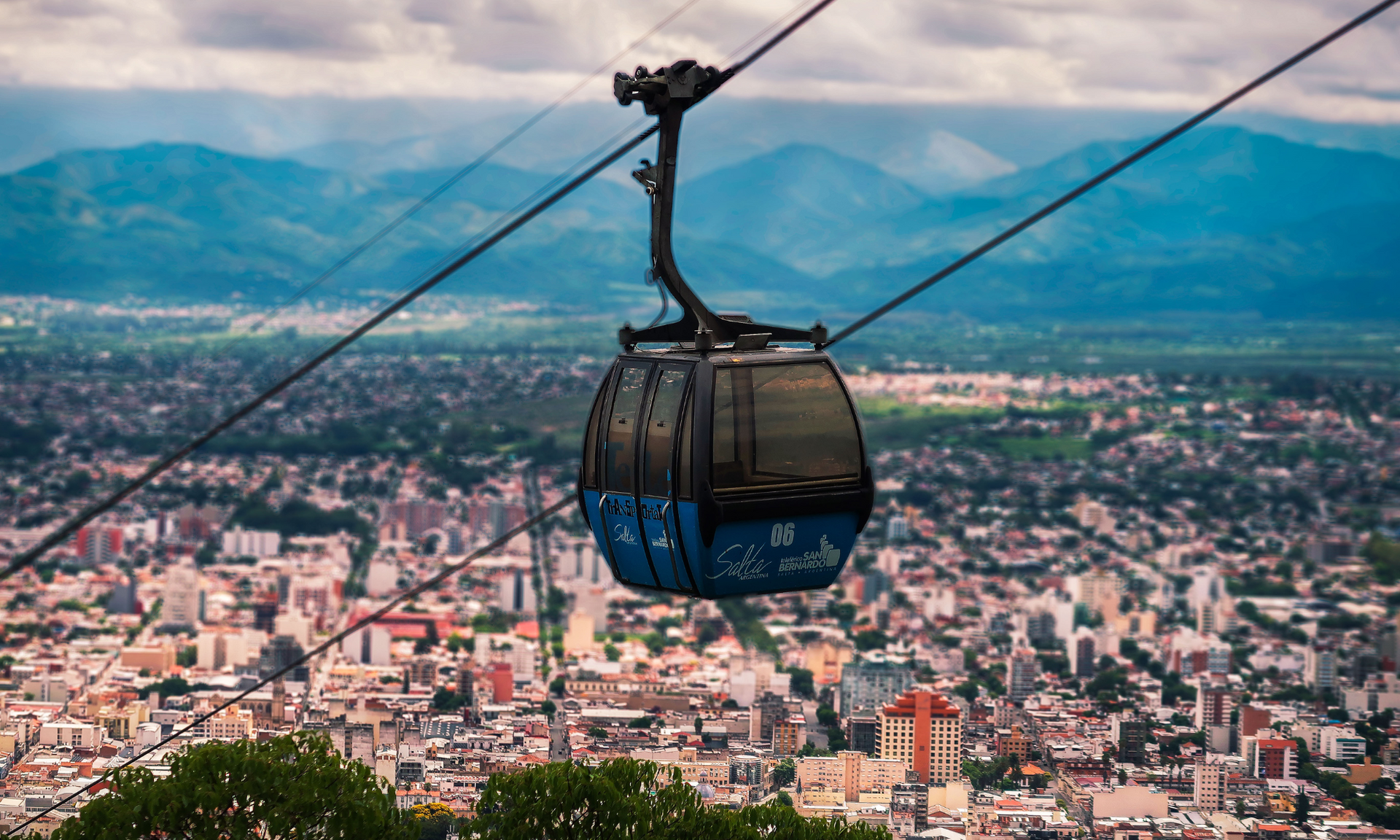
Departure from Buenos Aires
Fly back to Buenos Aires for your return flight home, carrying memories of Argentina’s diverse landscapes and vibrant culture.
Top tips for Argentina – from our experts:

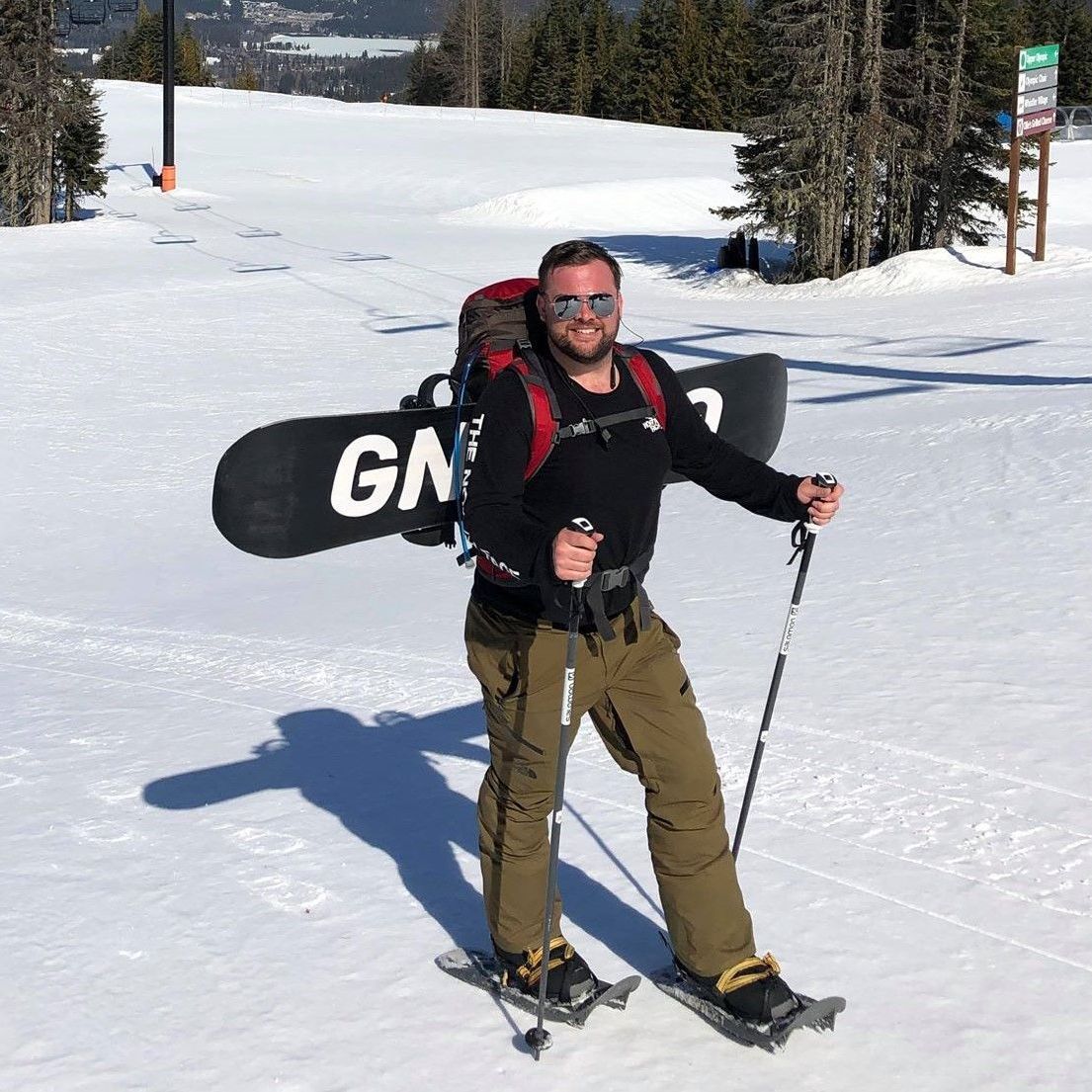
Ross, BBQ Travel Club

Luke Skinner

Suzy O'Sullivan

Andy
Book A Call With One Of Our Argentina Travel Specialists
Best Time to Visit Argentina: A Month-by-Month Guide
Argentina is a year-round destination with vastly diverse climates, from the balmy beaches in the north to the chilly winds of Patagonia in the south. The optimal time to visit depends on the region you're exploring and the experiences you're after. Here’s a detailed breakdown of what each month offers:
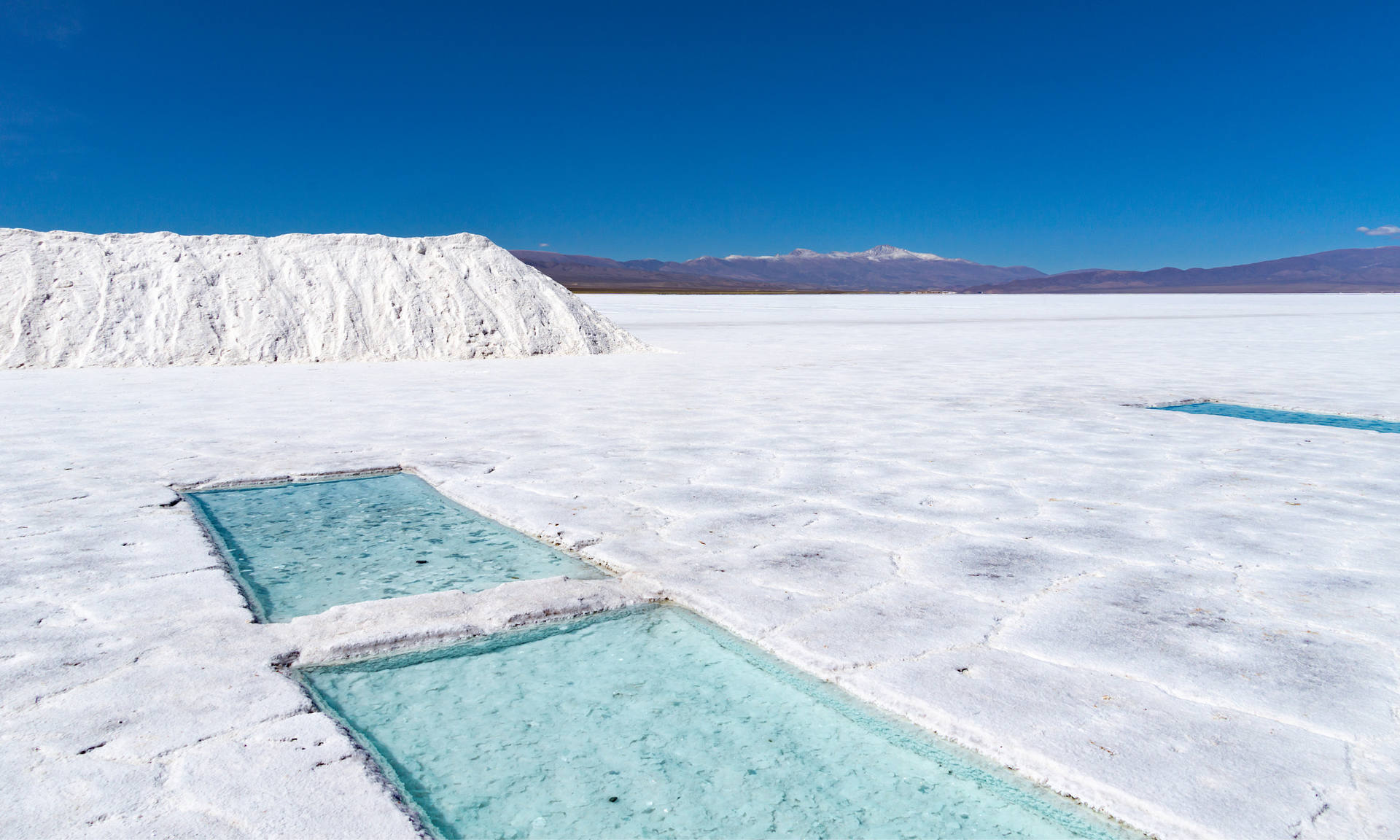
January - Peak Summer in Argentina
Pros:
- Ideal for Patagonia and Mendoza: January is the height of summer in Argentina, perfect for exploring Patagonia, Bariloche, and Mendoza, where warm weather allows for trekking, wine tours, and outdoor activities. The weather is great for Patagonia’s glaciers and trails
- Festivals and events: January is a lively time in Buenos Aires, with plenty of open-air festivals, outdoor concerts, and tango performances, making the capital vibrant and exciting
Cons:
- Crowds: Popular destinations, especially Buenos Aires, Mendoza, and Patagonia, can get crowded due to school holidays, which may lead to higher prices and busy tourist attractions

February - Summer Continues
Pros:
- Warm weather for outdoor activities: It’s still summer in Argentina, making it ideal for beach trips to the coast (e.g. Mar del Plata) and for outdoor activities like trekking in Patagonia
- Festivals: February is also festival season in Argentina. For instance, Carnival celebrations in northern regions such as Salta and Jujuy are lively, with parades, music, and traditional dances
Cons:
- Crowded tourist spots: As in January, expect crowds in tourist-heavy locations and increased accommodation prices, especially in Buenos Aires
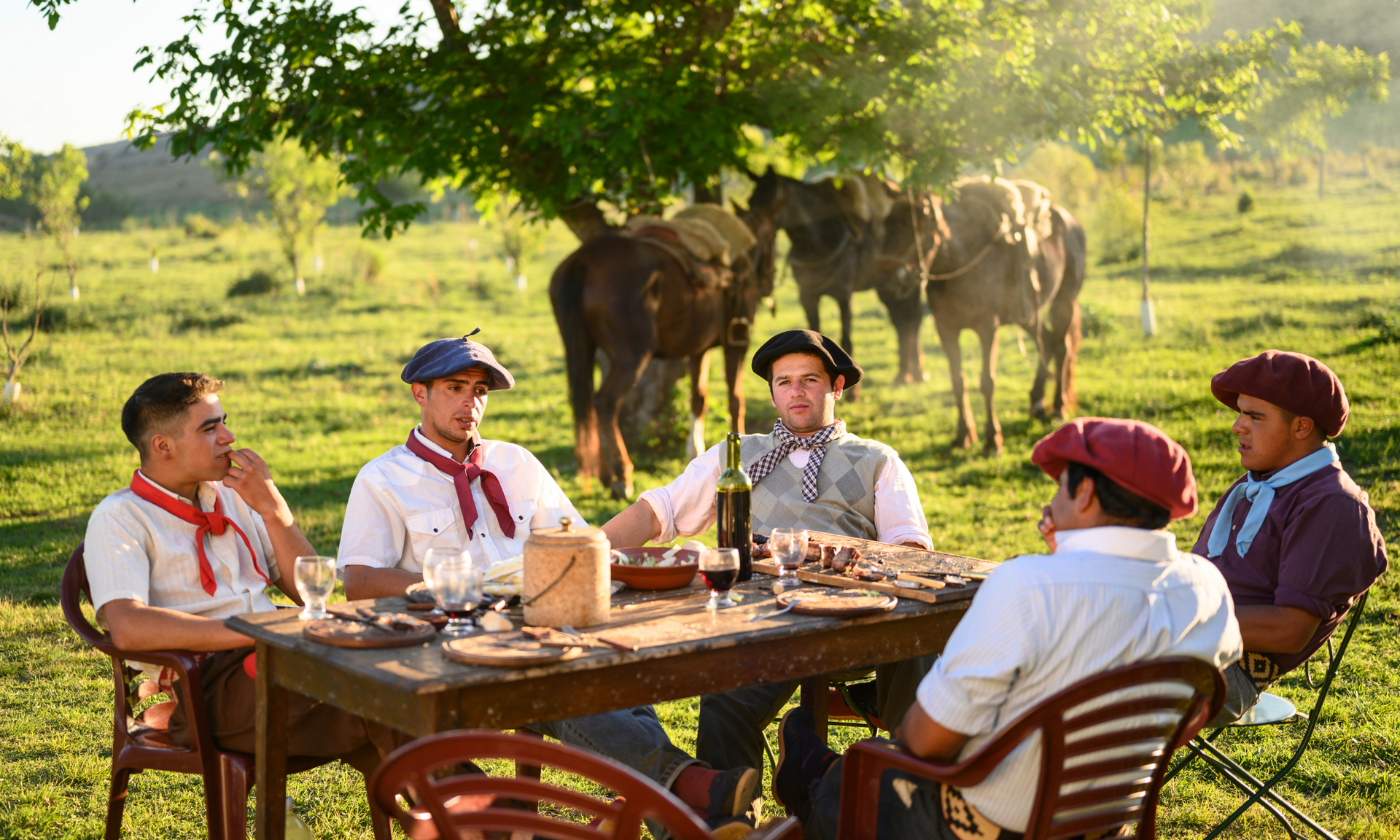
March - Autumn in the North, Early Spring in the South
Pros:
- Pleasant weather: With the end of summer, temperatures start to cool, especially in the north and central areas like Buenos Aires and Mendoza. This makes it a great time for exploring urban culture and wine regions
- Wine harvest in Mendoza: March is the time of the vendimia, Mendoza’s wine harvest festival, a fantastic event for wine lovers
Cons:
- Southern regions cooler: While northern and central Argentina enjoy mild weather, southern areas such as Patagonia may still be too cold for outdoor activities, especially in high-altitude spots
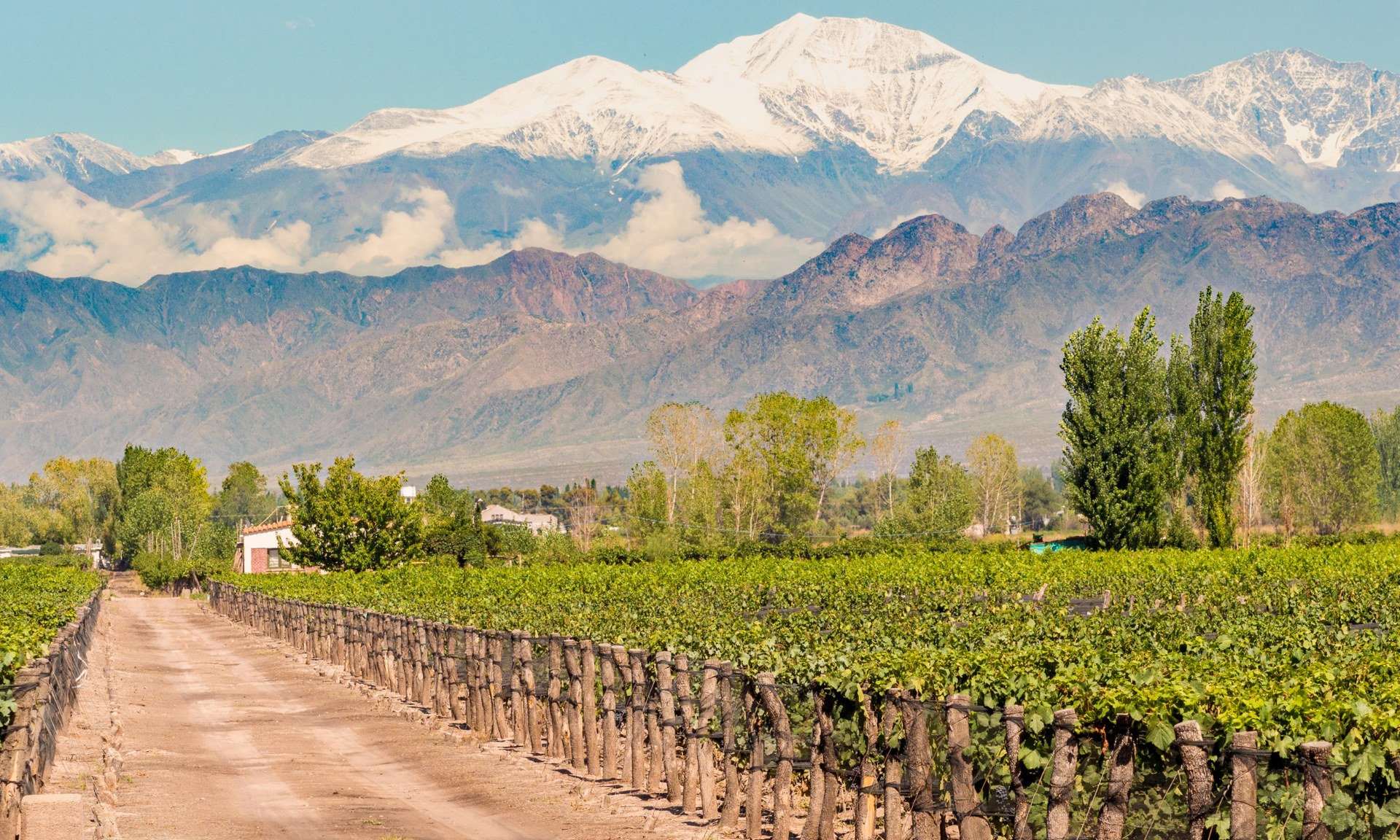
April - Autumn Colours and Wine
Pros:
- Spectacular autumn foliage: In southern Patagonia and regions like the Lake District, the autumn colours of trees and landscapes are at their most beautiful. It’s a great time for scenic drives and hikes
- Best time for Mendoza’s wine tours: The post-harvest period means fewer crowds and perfect conditions for vineyard tours
Cons:
- Chilly in the south: The temperatures in Patagonia can be cooler, making hiking and outdoor activities a bit more challenging

May - Autumn Continues
Pros:
- Fewer crowds: As the peak season winds down, many of Argentina’s top tourist destinations become less crowded, giving you more relaxed experiences at major attractions like Iguazú Falls and Buenos Aires
- Beautiful landscapes: Autumn is still in full swing, with picturesque landscapes perfect for photography, especially in places like the Iguazú Rainforest
Cons:
- Cooler in the south: As winter nears, southern regions such as Patagonia begin to experience lower temperatures, especially at higher altitudes

June - Winter in the South
Pros:
- Winter activities: If you’re a fan of skiing or snowboarding, Argentina’s ski resorts in the Andes (like Cerro Catedral in Bariloche) are open for the winter season. The snowy peaks and winter wonderland are ideal for cold-weather enthusiasts
- Fewer tourists: With fewer visitors around, it’s a good time to explore the country’s major cities at a slower pace
Cons:
- Cold temperatures: While winter can be a great time for skiing, other activities in Patagonia or the Lake District may not be as enjoyable due to the cold and snow
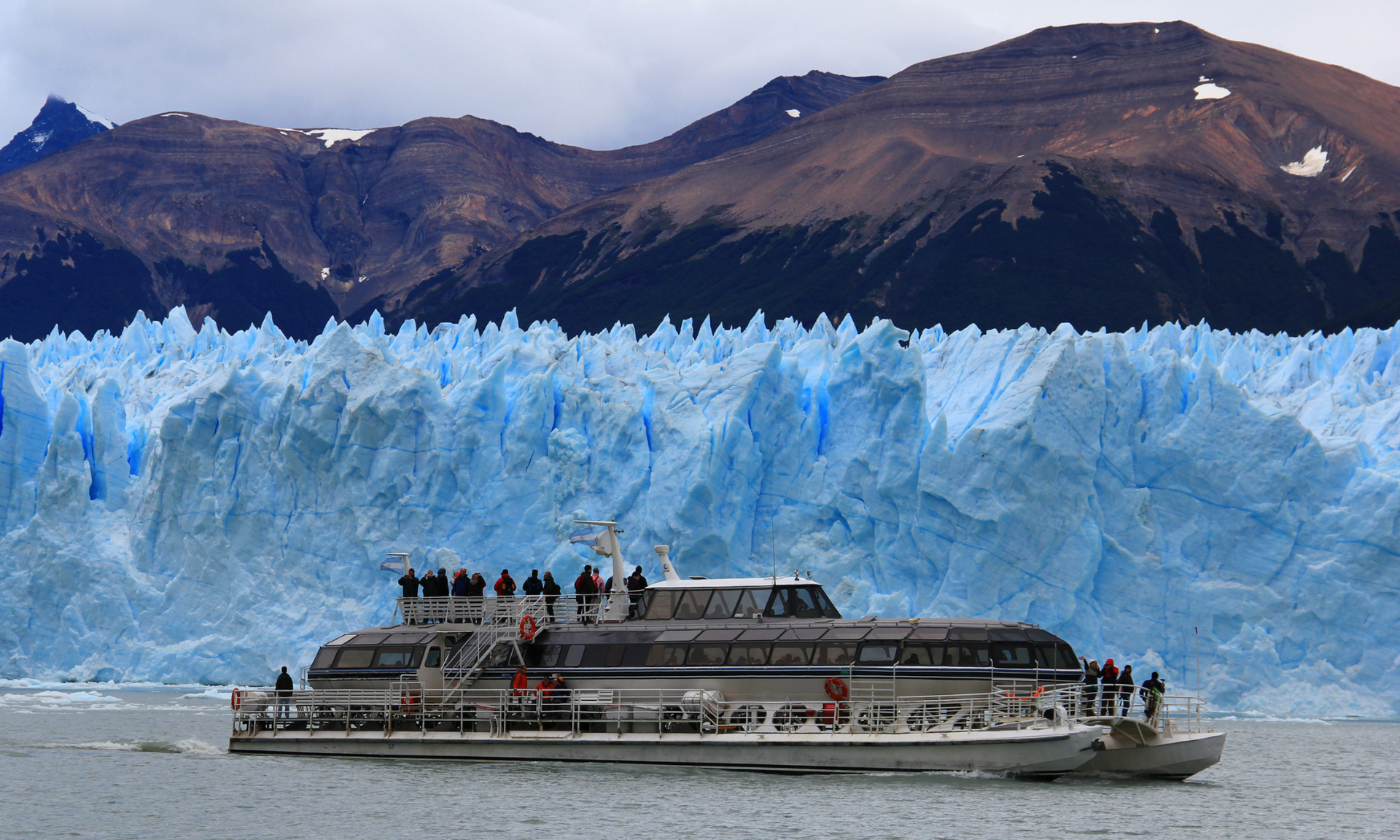
July - Skiing and Southern Adventures
Pros:
- Winter adventures in Patagonia: July is peak ski season, and Patagonia offers great opportunities for winter sports. This is a prime time to visit ski resorts like Cerro Castor in Tierra del Fuego
- Quieter tourist spots: If you prefer avoiding crowds, July provides a quieter experience in the bustling cities and other parts of the country
Cons:
- Cold in most of the country: Outside of the ski resorts, many regions experience cold temperatures, limiting some outdoor activities
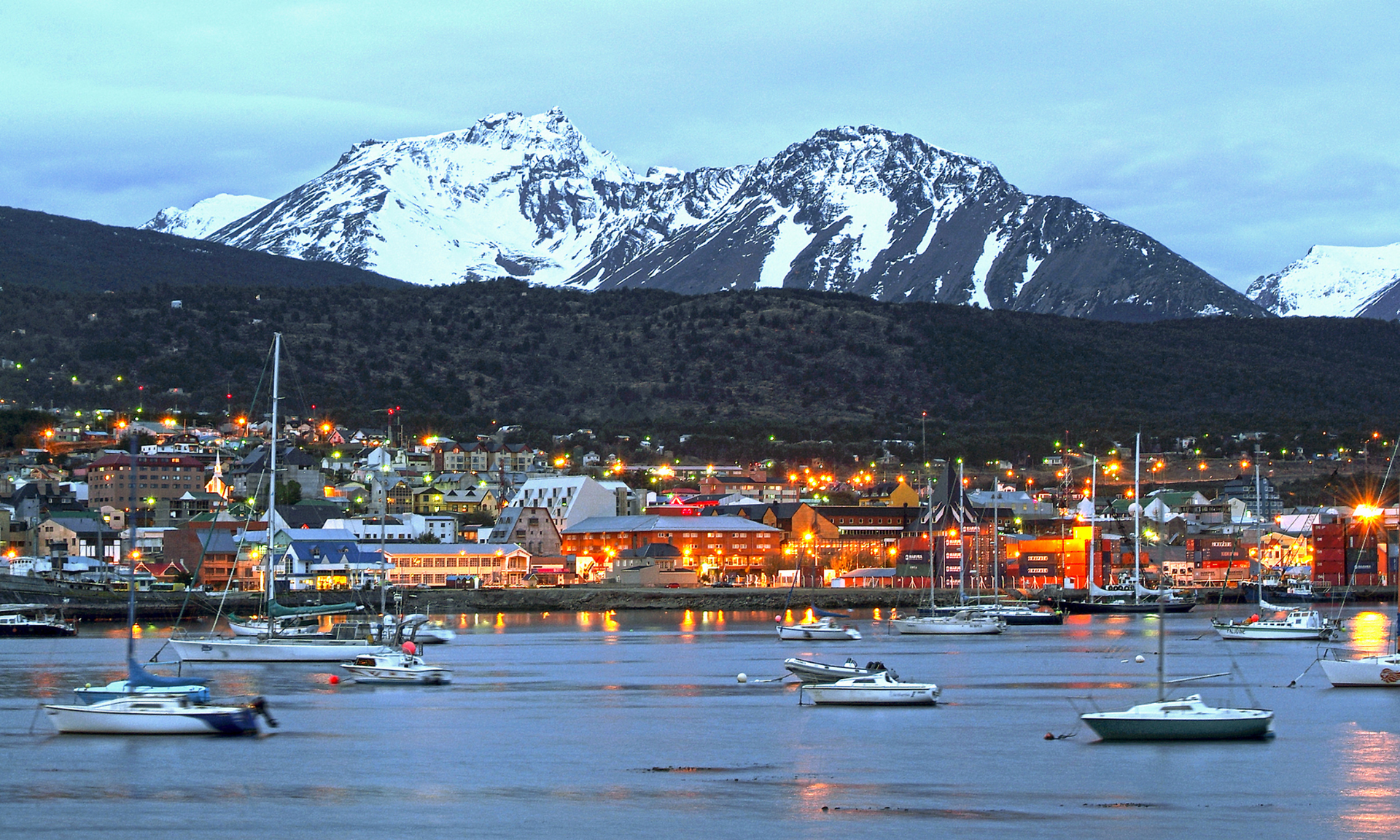
August - Skiing Continues
Pros:
- Great for winter sports: Like July, August is excellent for skiing, with the Andes offering great conditions. Outdoor enthusiasts will appreciate the long days of daylight for snow activities
- Patagonia quieter: It’s a fantastic time to visit Patagonia for a more peaceful, tranquil atmosphere without the busy crowds of summer
Cons:
- Cold in most regions: While Patagonia and the Andes are ideal for snow activities, other regions like Buenos Aires and Mendoza can still be chilly, limiting some sightseeing options
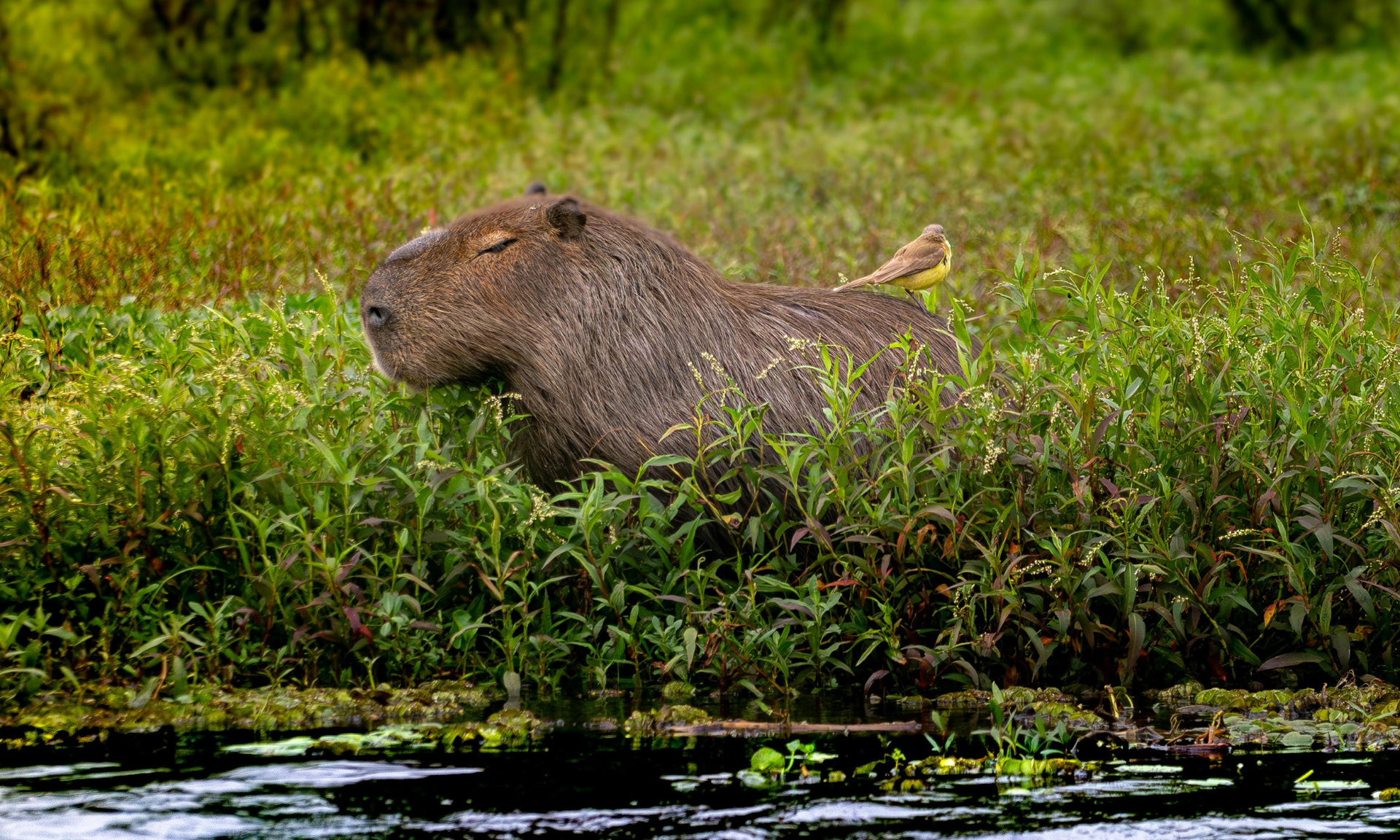
September - Spring in the North
Pros:
- Milder temperatures: As spring arrives, temperatures in the north, especially in Buenos Aires, begin to warm up, creating pleasant conditions for sightseeing
- Wildlife watching: It’s a good time to explore the wildlife of Patagonia or the Iguazú National Park as the weather becomes more conducive for outdoor activities
Cons:
- Unpredictable weather in the south: Patagonia can still be unpredictable, with chilly winds and rain that might affect outdoor exploration

October - Spring Blossoms
Pros:
- Fantastic weather: October is one of the best months to visit, with spring in full bloom and mild temperatures across the country. It’s ideal for hiking in Patagonia or wine tasting in Mendoza
- Fewer crowds: Tourist spots are still relatively quiet, making it a great time to experience Argentina without the crowds
Cons:
- Occasional rain: There can still be occasional rain, particularly in the south, though it usually doesn’t last long
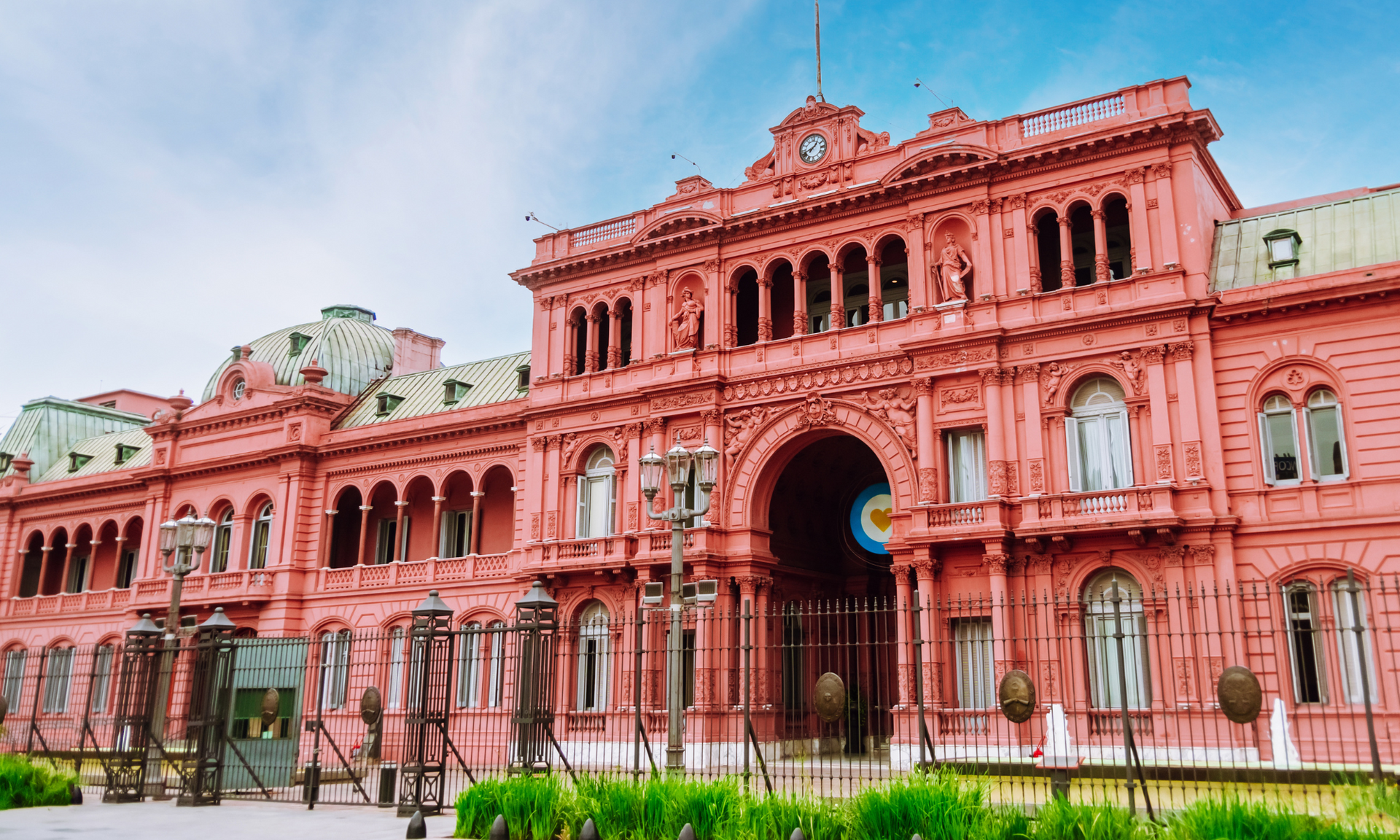
November - Early Summer
Pros:
- Great for city breaks: The weather in Buenos Aires, Mendoza, and the Lake District is warm but not overly hot, ideal for exploring urban culture or wine tours
- Wildlife and nature: In northern regions, the weather is perfect for visiting national parks like Iguazú, with the possibility of spotting more wildlife
Cons:
- Crowds returning: As it’s a popular time to visit before the holiday season, some destinations may start to see increased crowds

December - Summer in Full Swing
Pros:
- Perfect beach weather: If you’re heading to the coast, it’s the perfect time for Argentina’s beautiful beach destinations, such as Mar del Plata and Pinamar
- Festivals and events: December marks the start of Argentina’s summer season, with plenty of cultural events, including Christmas celebrations and outdoor concerts
Cons:
- High tourist season: Popular regions, including Buenos Aires, Mendoza, and Patagonia, will begin to see more tourists, leading to higher prices and more crowded attractions
Visa
UK citizens can enter Argentina
visa-free
for up to
90 days. Ensure your passport is valid for at least six months beyond your planned departure date. Check the latest entry requirements before travel.
Currency
Argentina’s currency is the
Argentine Peso (ARS), and cash is often preferred, particularly in smaller towns or for local transactions. While credit cards are widely accepted in major cities and tourist hubs, always carry some pesos for markets, transport, or rural areas. .
Language
Spanish
is the official language. While many people in major tourist areas speak
English, learning a few basic phrases in Spanish can enhance your experience and interactions.
Practical Travel Information For Argentina
Do I need a visa to visit Argentina?
UK passport holders can visit Argentina without a visa for stays of up to 90 days. However, ensure your passport is valid for at least six months beyond your arrival date.
What is the best time to visit Argentina?
The best time to visit Argentina depends on your travel plans. For Patagonia and outdoor activities, visit during the warmer months of spring (September to November) and summer (December to February). For wine tours in Mendoza, autumn (March to May) is ideal.
What vaccinations do I need for Argentina?
It’s recommended to get vaccinations for Hepatitis A and Typhoid before travelling to Argentina. Check with your doctor for advice on other vaccinations, particularly if you plan to visit remote areas.
What is the currency in Argentina?
The official currency is the Argentine Peso (ARS). Cash is often required for smaller purchases, so it's a good idea to carry some pesos. Credit cards are widely accepted in major cities.
Budgeting can vary depending on your travel style, but Argentina is generally affordable, with excellent value for dining, local wine, and transport. Use reputable currency exchange services or ATMs, and avoid street exchangers to ensure safe and fair transactions.
Is it safe to travel to Argentina?
Argentina is generally a safe destination, but like any major tourist location, exercise caution in busy areas to avoid pickpocketing and theft. Stick to well-lit areas at night and keep valuables secure.
What is the local language in Argentina?
Spanish is the official language. While many people in major tourist areas speak English, learning a few basic phrases in Spanish can enhance your experience and interactions.
Do I need travel insurance for Argentina?
It’s highly recommended to have comprehensive travel insurance that covers medical emergencies, trip cancellations, and outdoor activities such as trekking or skiing.
What type of plug is used in Argentina?
Argentina uses plug types C and I, and the standard voltage is 220V with a frequency of 50Hz. If you’re travelling from the UK, you’ll need an adapter.
What Our Customers Say...

Vanessa W
Michaela K.
Jane
Misha N.
Kallum W.
The Benefits Of Using Your Endless Travel
Why Choose Us?
100% Financially protected with PTS Trust Account and ATOL Licence
Completely independent and impartial advice
Flexible payment terms on select holidays
Highly competitive pricing
We have over 40 years experience across our head office team
Access 100's of world leading travel suppliers
You can reach us by phone, video call, email or even WhatsApp!

Experience Argentina like never before. Contact us today to create a personalised journey filled with unforgettable adventures, from exploring stunning natural wonders to immersing yourself in the country’s rich culture and traditions. Let us design your perfect getaway to this diverse and captivating destination.


